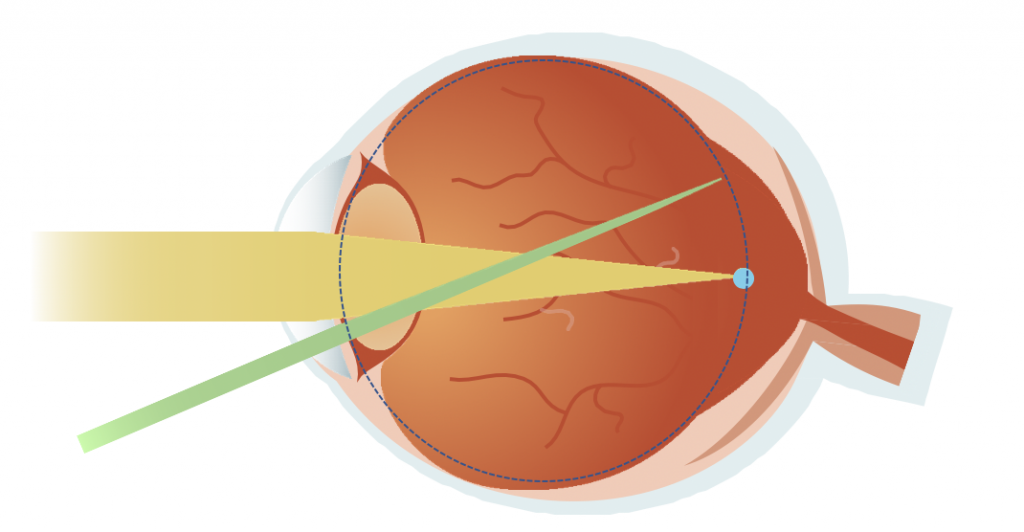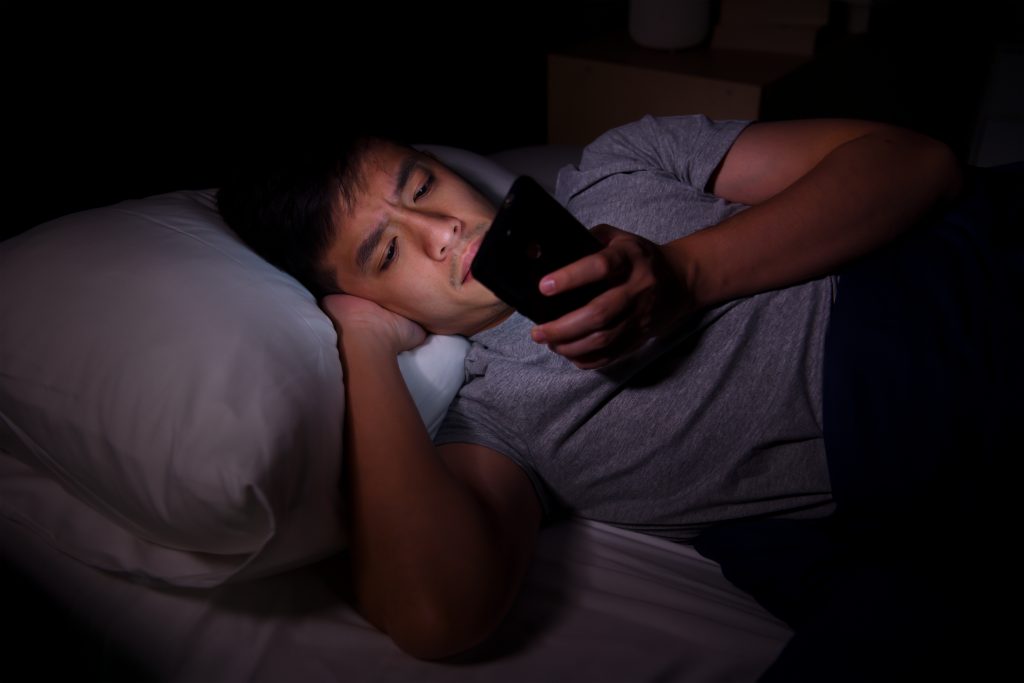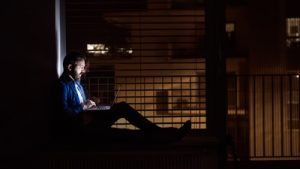近視改善眼鏡
アジア人は近視の傾向がある言われます。
Asians are prone to nearsightedness.
※prone to=(通例よくない事についての)傾向のある、起こしやすい

Of people aged 20 and under, 96% of South Koreans, 95% of Japanese, 87% of Hong Kongers, 85% of Taiwanese and 82% of Singaporeans are affected by the condition, according to Kubota.
※nearsightedness=近視
私は近視である=I'm near-sighted. →short-sighted →myopia I have myopia.
⇔遠視はfar-sighted, hyperopia
視力検査=eyesight test/visual acuity testを受ける際にはこのような指示をされた経験があると思います。
※acuity=①鋭さ ②明瞭度
Tell me or show me with your finger where the hole in the ring.
Do not squint(眼を細くして見る) at it.
You can say top, bottom, left, or right. (up/downは×)If you can’t see it, let me know.
日本語と英語では、視力の表現が異なります。
You have 20/20(twenty-twenty)vision.=視力は1.0です。

近視は、眼球の中の角膜と網膜の距離が遠く離れる事によって、焦点が合わなくなりぼやけて見えます。
Myopia is typically caused when the cornea and the retina in the eyeball are too far apart.
※cornea=〔眼球の〕角膜
※retina=網膜
Proper light focus is then inhibited, leading to the blurred vision of objects at a distance.
※inhibit=制する、抑制する
※blur=ぼんやりさせる blurred=ぼやけた →blurry
眼鏡の種類の表現。近視眼鏡をかけている=I am wearing glasses for shortsightedness. もOKですが短く表現できます。
近視用眼鏡=distance glasses
老眼鏡=reading glasses
遠近両用メガネ=bifocals/bifocal glasses
近視の治療・抑制を目的に開発されたウェアラブル近視デバイス「クボタメガネ」
見出し:Myopia correcting 'smart glasses' from Japan to be sold in Asia
小見出し:Kubota Pharmaceutical eyes Taiwan, Hong Kong, and ASEAN for gadget
Kubota began clinical trials(臨床試験、治験) on the device last July after confirming the therapeutic effect(治療効果)of the mechanism using a desktop system.

スマホの影響もあり、アジアだけではなく近視は西洋の人の間でも増えてきています。外科手術を行わない視力回復法に期待が寄せられています。
Developing non-invasive corrective methods for vision improvement would make the lives of billions of people around the world a lot easier, and pleasant.
※non-invasive=非侵襲性の(針や管を体内に挿入しない診断や治療法)


